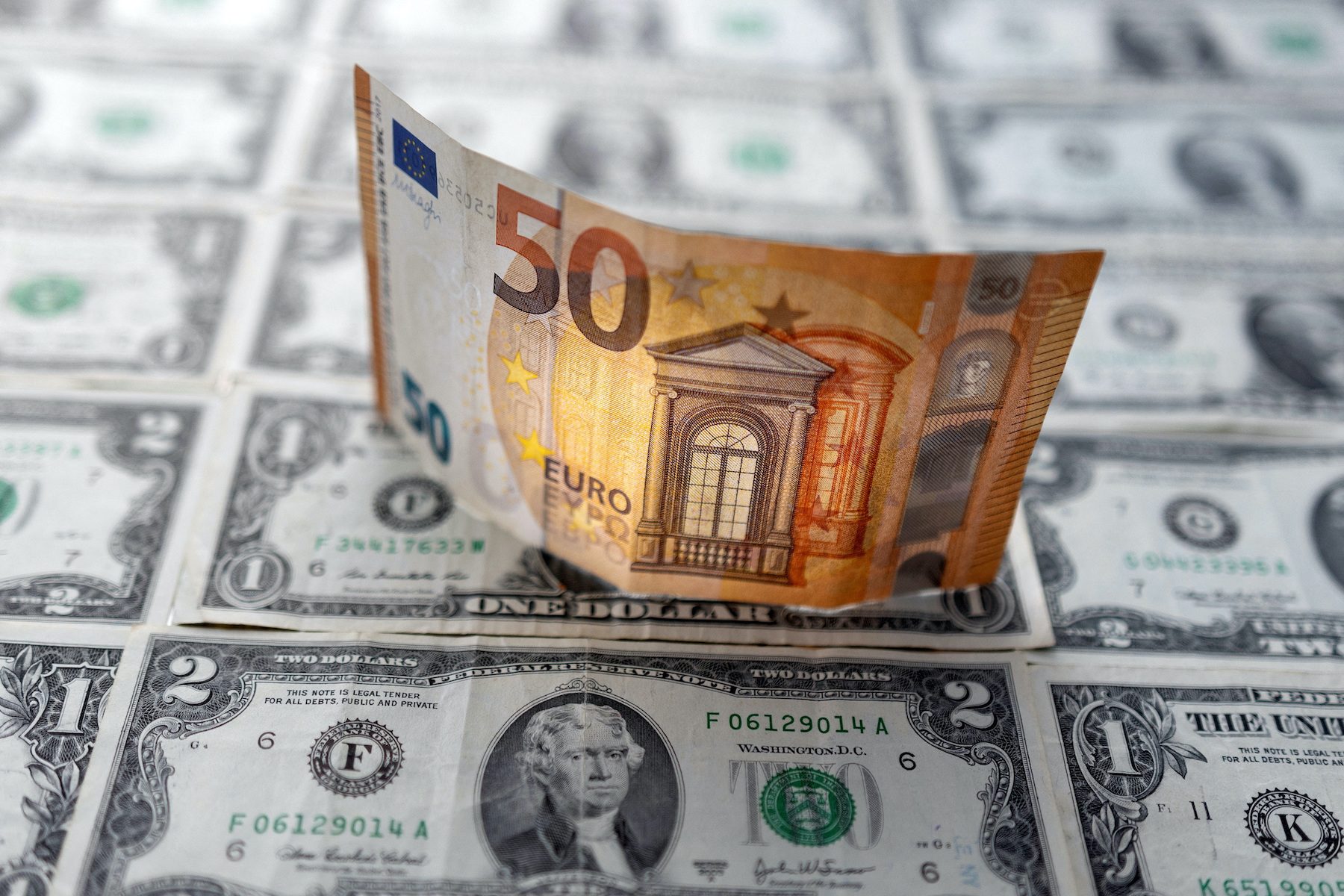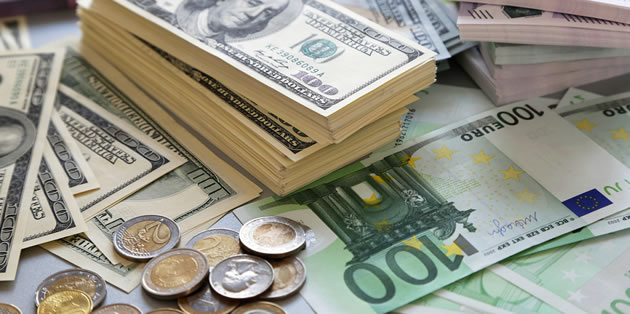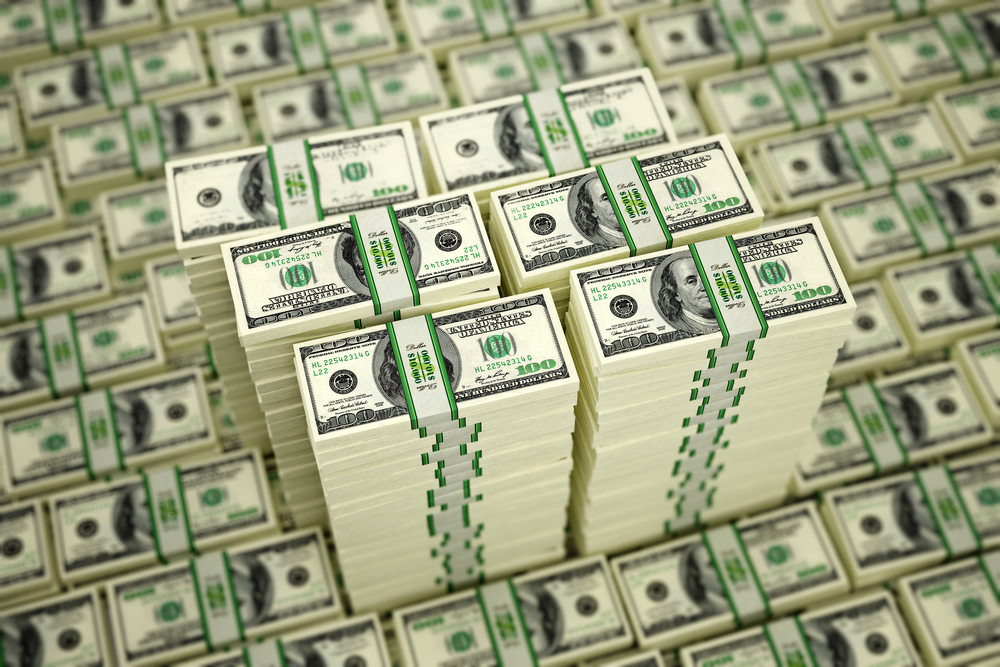How Much Is 8 Million Euros In Us Dollars
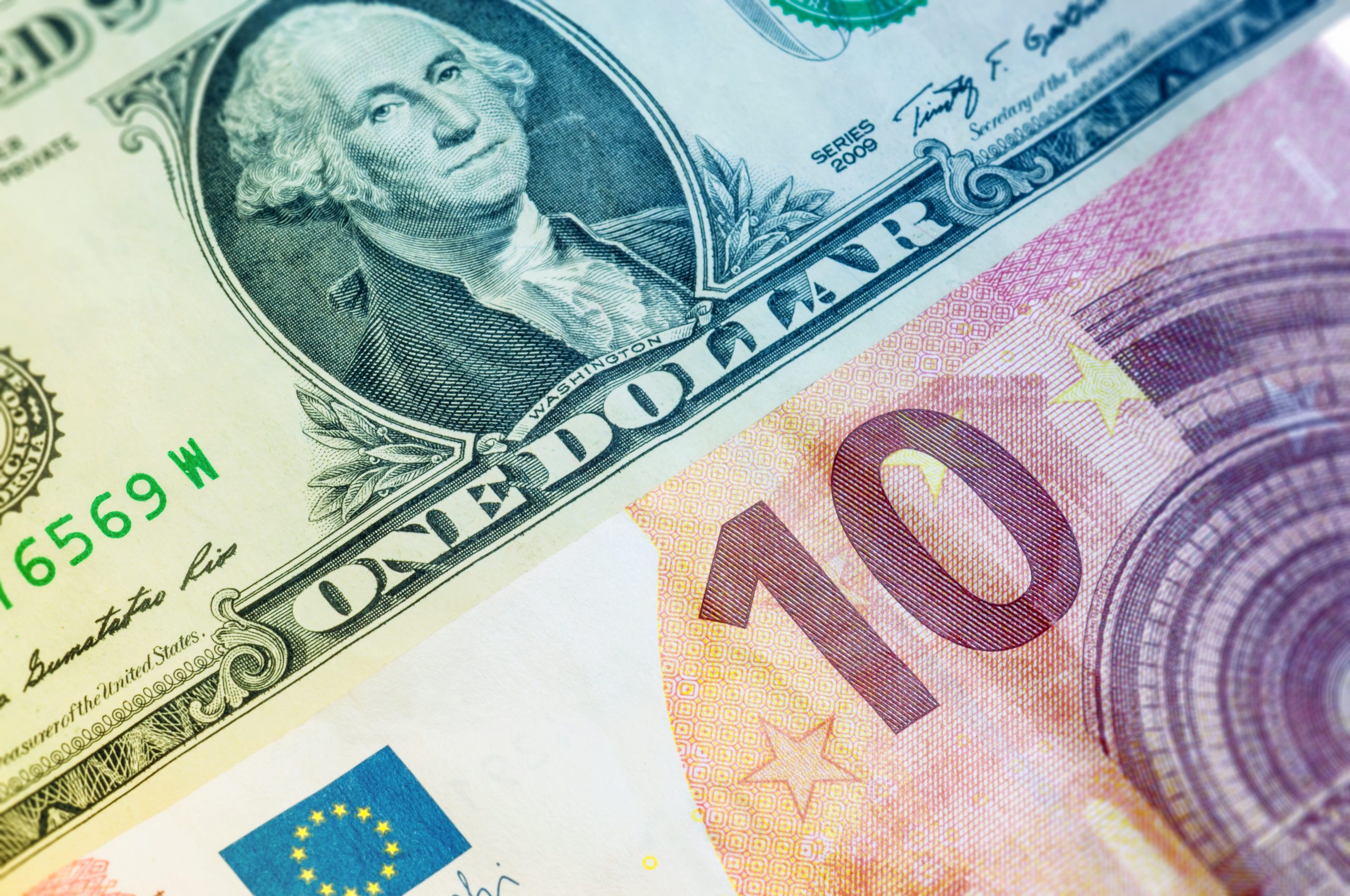
In an increasingly interconnected global economy, understanding currency exchange rates is crucial for businesses, travelers, and anyone involved in international transactions. A frequently asked question, particularly when discussing international deals, investments, or financial news, is: "How much is 8 million euros in US dollars?" The answer, while seemingly straightforward, is subject to constant fluctuation.
This article delves into the current exchange rate between the euro (EUR) and the US dollar (USD), examining the factors that influence this rate and providing an approximate dollar equivalent of 8 million euros at the time of writing. It also touches on the significance of these fluctuations for international finance.
The exchange rate between the euro and the US dollar is determined by a complex interplay of economic factors, geopolitical events, and market sentiment. These include interest rate differentials, inflation rates, economic growth, political stability, and overall risk appetite.
At approximately 10:00 AM Eastern Time on October 27, 2023, the exchange rate hovered around 1 EUR = 1.057 USD, according to data from reputable financial sources such as the European Central Bank (ECB) and Bloomberg. It's important to note that these rates are constantly changing.
Therefore, to calculate the approximate USD equivalent of 8 million euros, we would multiply 8,000,000 EUR by 1.057. This yields an approximate value of $8,456,000 USD.
This figure should only be considered an estimate. Real-time exchange rates can vary slightly depending on the specific financial institution or currency exchange service used. The difference may seem small, but when dealing with large sums like 8 million euros, even a fraction of a cent change can translate into a significant monetary impact.
Factors Influencing the EUR/USD Exchange Rate
Several factors contribute to the dynamic nature of the EUR/USD exchange rate. Understanding these drivers is critical for anyone tracking or relying on these rates for business or personal reasons.
Interest rates set by central banks, such as the Federal Reserve (Fed) in the US and the European Central Bank (ECB) in Europe, play a crucial role. Higher interest rates in one region tend to attract foreign investment, increasing demand for that currency and thus its value.
Relative economic growth rates are another significant factor. A stronger economy generally leads to a stronger currency, as it signals better investment opportunities and higher returns. Economic indicators like GDP growth, unemployment rates, and manufacturing output are closely watched by currency traders.
Inflation rates also impact the exchange rate. Higher inflation erodes a currency's purchasing power, potentially leading to a depreciation in its value. Central banks often manage interest rates to control inflation.
Geopolitical events, such as political instability, trade wars, or major policy changes, can create uncertainty and affect investor sentiment, causing fluctuations in currency values. Unexpected news or announcements can trigger rapid movements in the exchange rate.
Significance of Currency Fluctuations
The EUR/USD exchange rate has significant implications for various sectors. For businesses involved in international trade, fluctuations can impact the cost of imports and exports, affecting profitability and competitiveness. For example, a weaker euro makes exports from the Eurozone cheaper for US buyers, but imports into the Eurozone more expensive.
Investors with international portfolios are also directly affected. Currency fluctuations can impact the returns on foreign investments when converted back into their home currency. A stronger euro would increase the dollar value of euro-denominated assets.
Tourists traveling between the US and Europe will also experience the impact of these fluctuations. A stronger dollar makes travel to Europe more affordable, while a weaker dollar makes it more expensive.
Practical Implications
When dealing with large currency conversions, it's prudent to consult with financial professionals or use reputable currency exchange services. These services can provide access to competitive exchange rates and guidance on managing currency risk. They may also offer hedging strategies to protect against adverse currency movements.
Businesses should monitor currency fluctuations and incorporate them into their financial planning. This may involve adjusting pricing strategies, hedging currency risk, or exploring alternative sourcing options.
Individuals planning international travel or making large purchases in foreign currencies should also stay informed about current exchange rates and consider locking in favorable rates when possible. This can help to avoid unexpected costs due to currency fluctuations.
Conclusion
At the time of writing, 8 million euros is approximately equivalent to $8,456,000 US dollars. However, it's crucial to remember that this is just an estimate, and the actual amount can vary depending on the real-time exchange rate and the service used for the conversion.
The EUR/USD exchange rate is a dynamic indicator influenced by a multitude of economic and geopolitical factors. Businesses, investors, and individuals need to stay informed about these factors and their potential impact on currency values. Due diligence and professional financial advice are vital for navigating the complexities of international currency exchange and mitigating associated risks.
Keeping abreast of the latest financial news and utilizing reliable sources for currency information can help make informed decisions in an increasingly interconnected global marketplace. The value of 8 million euros in US dollars is therefore not a fixed number, but rather a constantly evolving figure reflecting the ever-changing dynamics of the global economy.
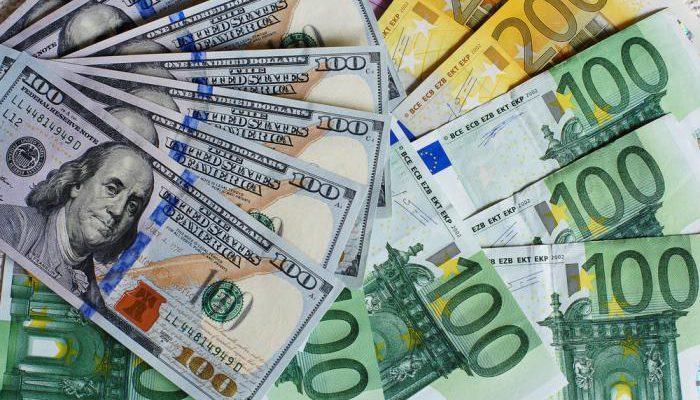
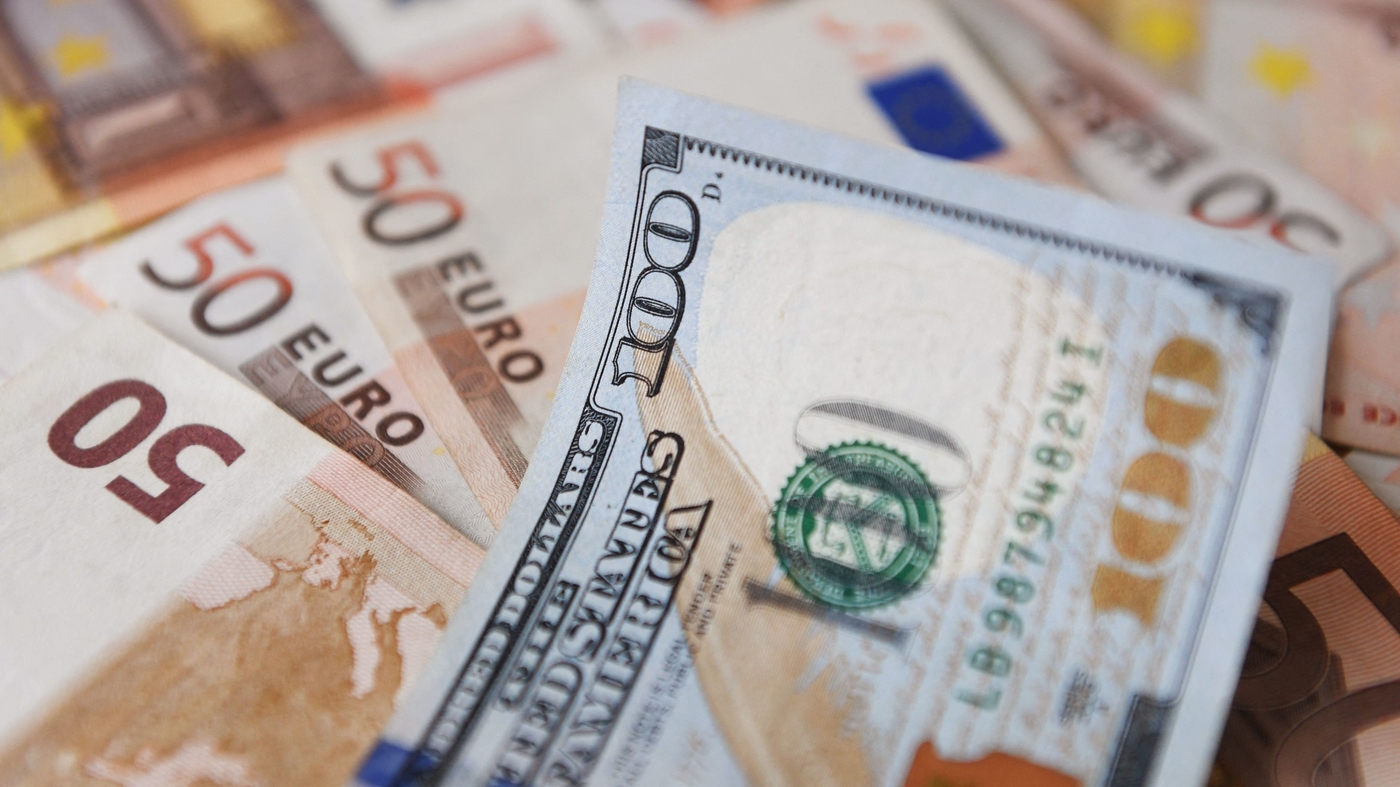

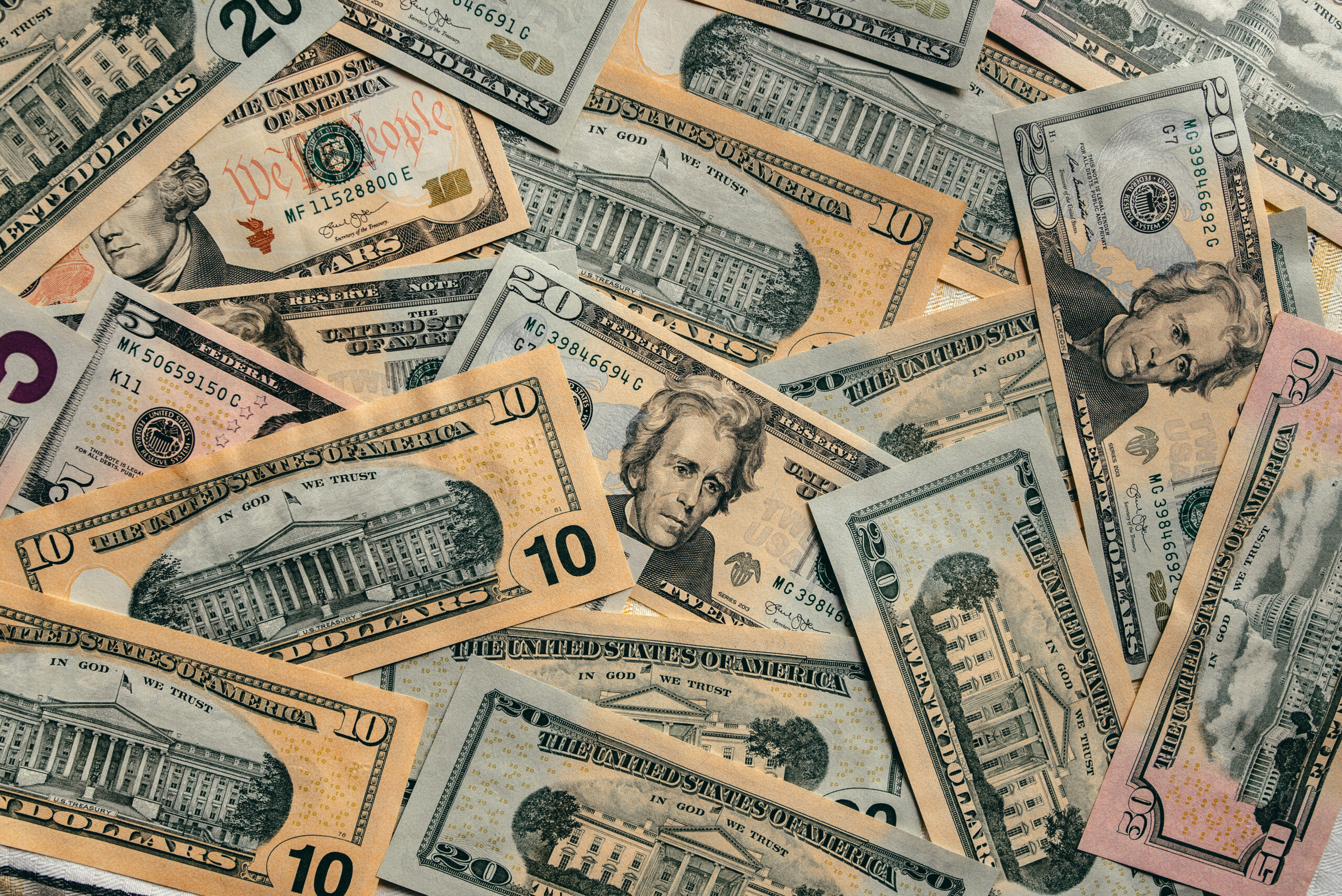
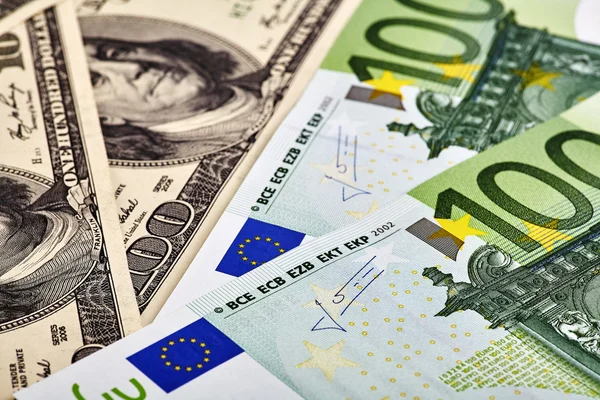

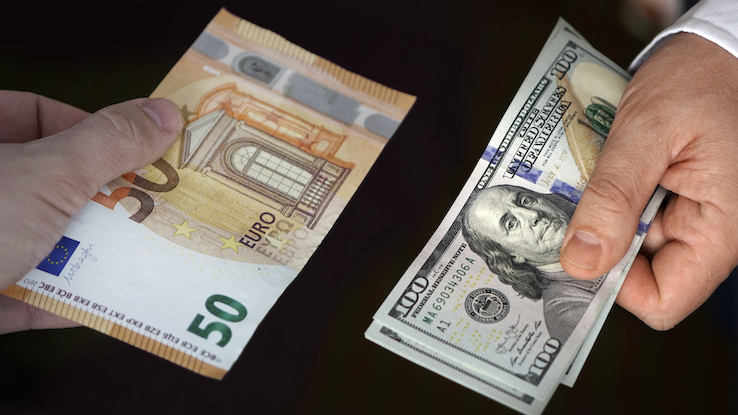



/cloudfront-us-east-1.images.arcpublishing.com/gray/SPBLFN5A2ZBUHGV3QT3VSMDUZM.jpg)
